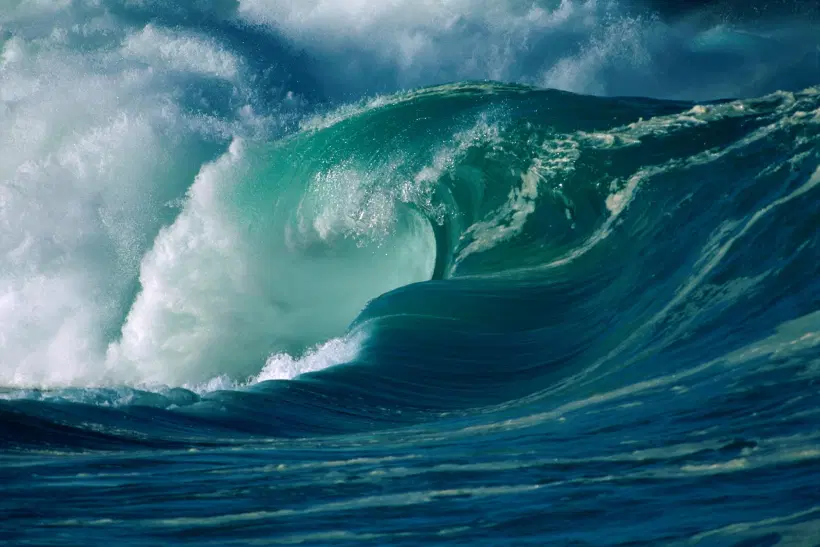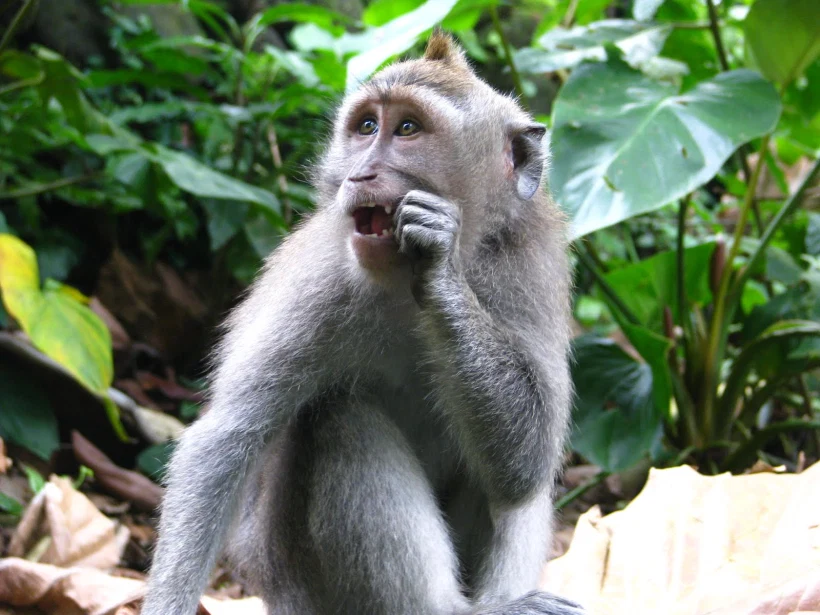
Everyone can publish online. You can post your photos on Facebook and Instagram, you can throw stones on Twitter, write a blog, upload a video on Youtube. However, informative publishing is different. Take some interesting piece of knowledge, analyze it, find the story in it and tell it in an attractive and insightful way is much better in terms of cultural growth, but also much more complicated. And the new media technologies let us do all this in such fabulous ways.
There’s an ocean of possibilities. Cultural institutions like museums, galleries, archives and libraries are an incredible source of knowledge that is there, ready to be turned on, remixed and shared.
Institutions like the Rijksmuseum in Amsterdam decided to surf the wave and communicate more effectively through new resources and innovative strategic plans. With a new website, specific web-based initiatives and revolutionary ideas like making the entire collection available online, including a nice tool to create and download a personalized wallpaper, the Rijksmuseum substantially increased its attendance and became one of the most visited museums in the world, “a world class institution of Art and History”. As the Chairman of the museum’s Board wrote after the departure of the protagonist of this revolution Wim Pijbes in 2016, “Following the April 2013 reopening the visitor numbers doubled to 2.4 million in 2015. Youth attendance more than doubled, reaching 325,000 in the last year. The special attention given to innovative forms of education has become one of the corner stones of attracting future generations.” This means not only more audience engagement and the speed of culture, but also more tickets and more money for the museum and the economy.
Imagine what would happen if every cultural institution in the world, from the smallest to the largest, would do the same thing, or even better. Providing insights and attractive content like this beautiful digital exhibition from the Städel Museum in Frankfurt on Monet and Impressionism or the one from the MOMA in New York on Jacob Lawrence’s Migration Series and this engaging web-based project for kids #metkids by the Metropolitan Museum of Art in New York.
Hopefully we will get there.
Also, I invite you to visit the digital exhibition that I created for the APICE archive of the University of Milan, titled “John Alcorn Graphic and Illustrator“: click here and enjoy.

